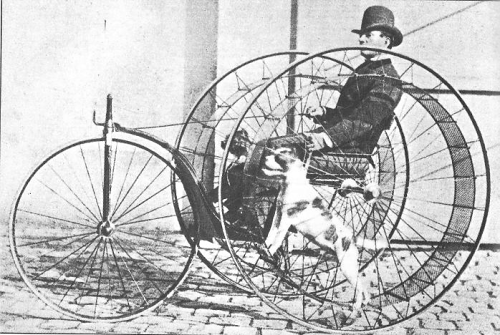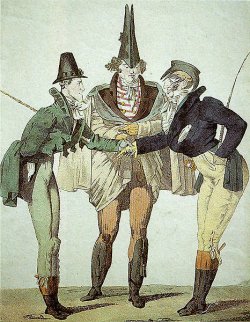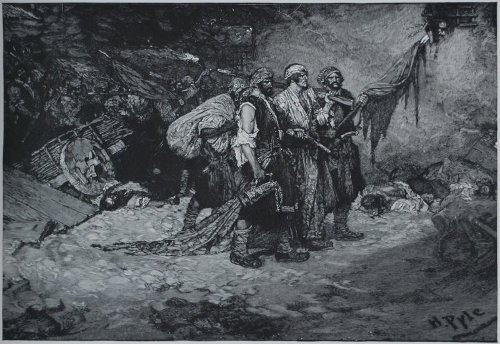Thomas Edison popularized the word hello. Working in AT&T’s Manhattan archives in 1987, Brooklyn College classics professor Allen Koenigsberg unearthed a letter that Edison had written in August 1877 to the president of a telegraph company that was planning to introduce the telephone in Pittsburgh. Edison wrote:
Friend David, I don’t think we shall need a call bell as Hello! can be heard 10 to 20 feet away. What do you think? EDISON
At the time it was thought that the line would remain open permanently, so a caller needed a way to get the other party’s attention. Apparently hello was a variation on the traditional hound call “Halloo!”
What should the answerer reply? Alexander Graham Bell pressed for Hoy! Hoy!, but Edison equipped the first exchanges, so hello gained the ascendancy there too.
That’s all it took — by 1880 the word was everywhere. “The phone overnight cut right through the 19th-century etiquette that you don’t speak to anyone unless you’ve been introduced,” Koenigsberg told the New York Times. “If you think about it, why didn’t Stanley say hello to Livingston? The word didn’t exist.”








